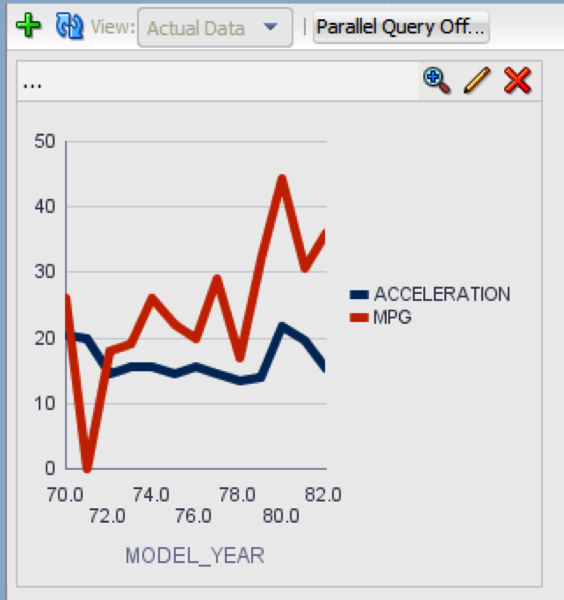In a previous post I gave a an overview of the various in-database data mining algorithms that you can use in your Oracle R Enterprise scripts.
To create data mining models based on those algorithms you need to use the ore.odm functions.
After you have developed and tested your models you will select one of these to score your new data.
How can you do this using ORE? There is a suite of ORE functions called ore.predict that you can use to apply your data mining model to score or label new data.
The following table lists the ore.predict functions:
| ORE Predict Function | Description |
|---|---|
| ore.predict-glm | Generalized linear model |
| ore.predict-kmeans | k-Means clustering mode |
| ore.predict-lm | Linear regression model |
| ore.predict-matrix | A matrix with no more than 1000 rows |
| ore.predict-multinom | Multinomial log-linear model |
| ore.predict-nnet | Neural network models |
| ore.predict-ore.model | An Oracle R Enterprise model |
| ore.predict-prcomp | Principal components analysis on a matrix |
| ore.predict-princomp | Principal components analysis on a numeric matrix |
| ore.predict-rpart | Recursive partitioning and regression tree model |
As you will see from the above table there are more ore.predict functions than there are ore.odm functions. The reason for this is that ORE comes with some additional data mining algorithms. These are in addition to the sub-set of Oracle Data Mining algorithms that it uses. These include the ore.glm, ore.lm, ore.neural and ore.stepwise.
You also need to watch out for the data mining algorithms that are not used in prediction. These include the Minimum Description Length, Apriori and Non-Negative Matrix Factorization.
Remember that these ore.predict functions are run inside the Oracle Database. No data is extracted to the data analyst laptop or desktop. All the data stays in the database. The ORE functions are run in the database on the data in the database
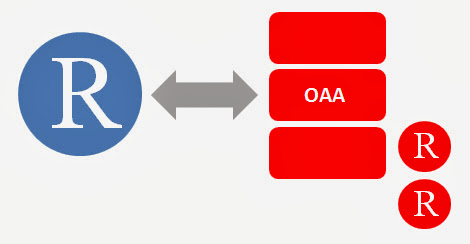



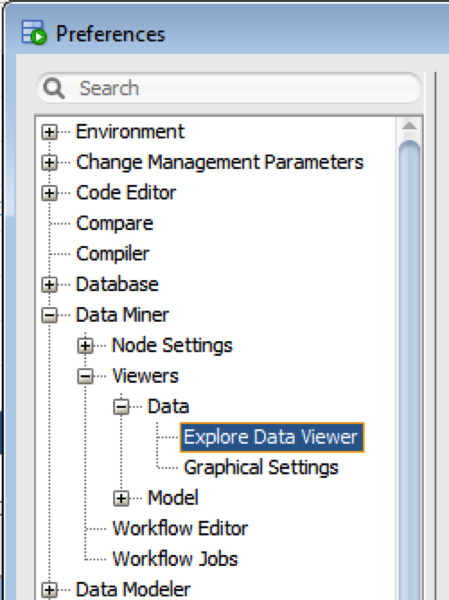
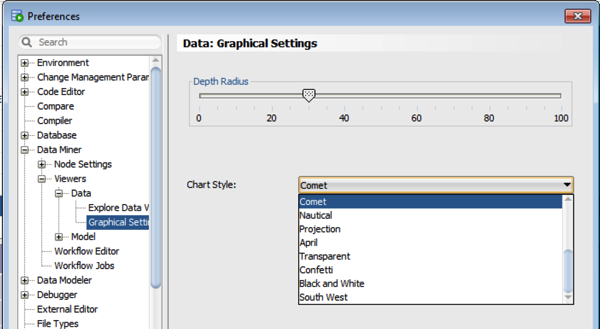

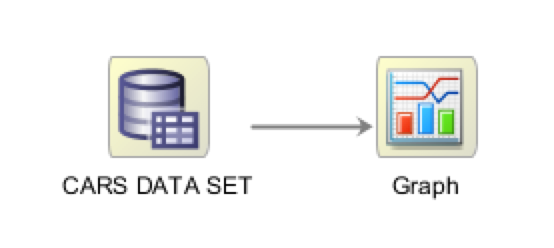 When you have these nodes created you are now ready to create your graphs. To do this double click on the Graph Node. You can now set the attribute to use for the X-axis, in my example this will be MODEL_YEAR. Then for the Y-Axis select the attributes you want to include in the stacked graph by holding down the control key as you select each attribute
When you have these nodes created you are now ready to create your graphs. To do this double click on the Graph Node. You can now set the attribute to use for the X-axis, in my example this will be MODEL_YEAR. Then for the Y-Axis select the attributes you want to include in the stacked graph by holding down the control key as you select each attribute
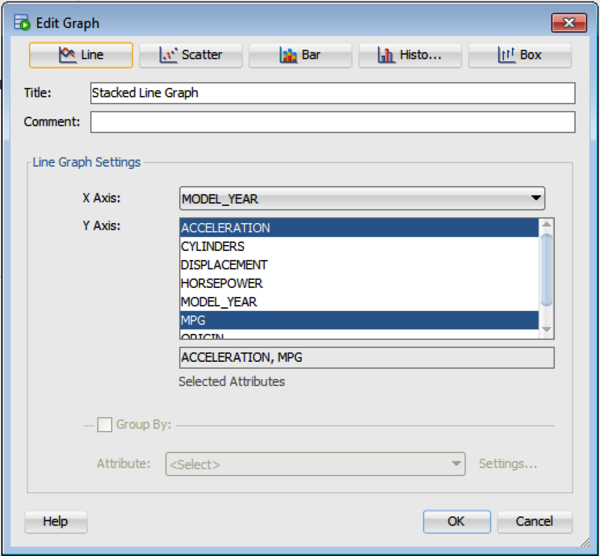 You are now ready to create the graph. To do this click on the OK button and you will have your stacked line graph.
You are now ready to create the graph. To do this click on the OK button and you will have your stacked line graph.
